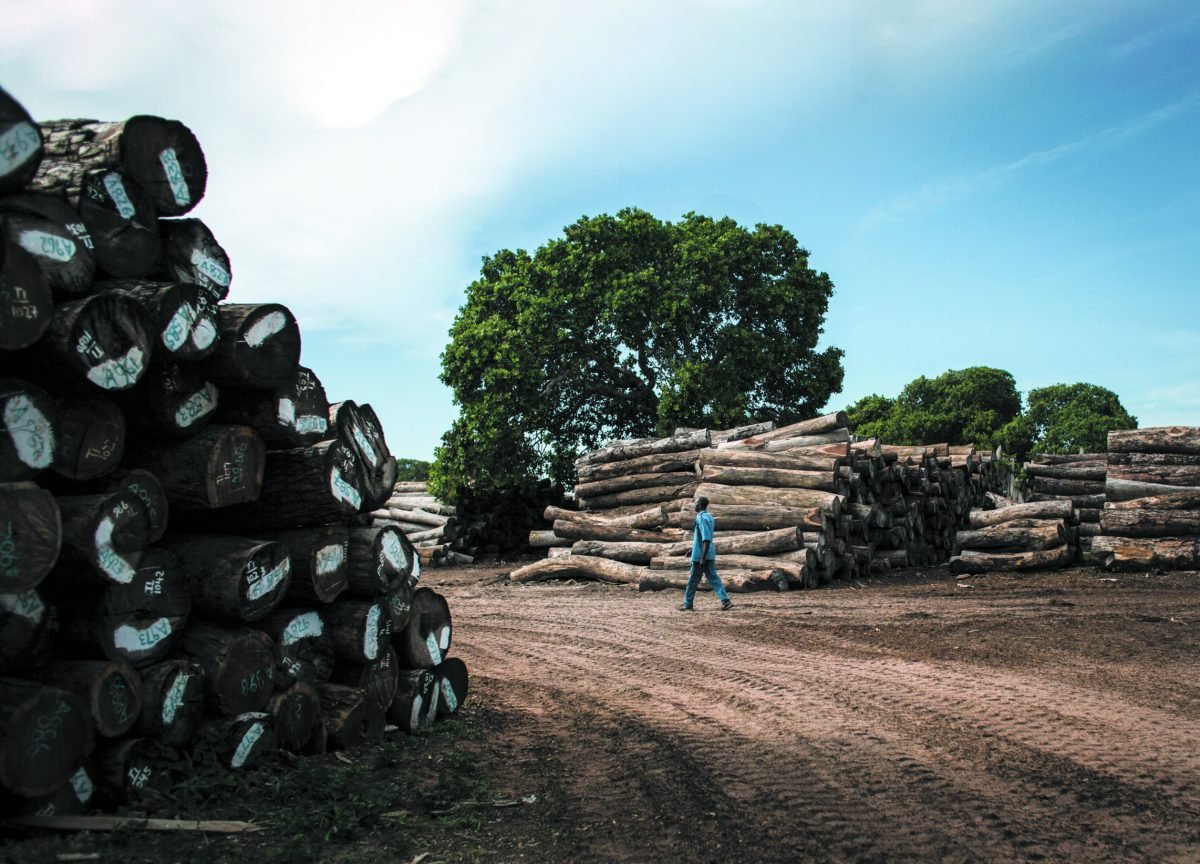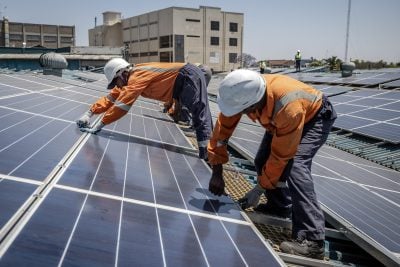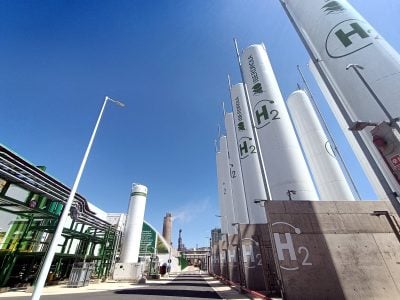On both sides of the congested Ngong Road in Kenya’s capital city of Nairobi, informal carpenters known as “fundis” spend each day making beds, tables and chairs for the ever-expanding housing market.
Most of the wood used to build the furniture is poorly treated, overpriced and irregular in size. The timber arrives at the roadside from a variety of locations, with a good chance that some of it is from illegal logging sites in nearby countries like the Democratic Republic of Congo (DRC).
Due to the uncertainties and inefficiencies in the value chain, the finished product is sold to middle-class Nairobians at a high price compared to other parts of the world.
The same is true for large furniture companies and construction firms that struggle to source high-quality wood from Kenya’s timber sector. Compared to more industrialised nations, Kenya is unable to produce large quantities of industrial timber due to a lack of supply and the age of its sawmills.
This is likely to create serious problems as future demand quickly outstrips a sluggish supply chain that relies heavily on the informal sector.
“How many skyscrapers, town homes and kitchen cabinets are going to be built in Nairobi over the next 20 years?” asks Tevis Howard, CEO of the startup Komaza, one of Africa’s biggest tree planters and industrial forestry firms.
“The ballpark projection is that by 2030 we are looking at a $30bn deficit for sub-Saharan Africa. Every year the region will spend that money bringing in wood from China, Brazil, Finland and elsewhere.”
Supply issues
Most wood in Kenya is from government-owned forests, or is imported from neighbouring countries and mass exporters like China or Brazil. Mahogany, cypress and eucalyptus are common in Kenya, while plywood is imported from outside the continent and teak and pine are imported from the region.
The type of timber in circulation depends on what was planted years or even decades ago. Pine is expected to flood the Kenyan market over the next 10 years as Uganda begins to harvest trees that were planted around 20 years ago.
The domestic supply, however, is under pressure due to a logging ban that was imposed by the government in 2018 to regenerate forests and bring about reforms in forest management. While this will benefit the environment, businesses in the timber sector say the commercial effects of the ban need to be taken into account.
“It wins a lot of points and I’m sure that Kenya got a tremendous amount of grants or aid but it does strangle the industry,” says Adam Grunewald, CEO of Lynk, a Kenya-based startup linking fundis with an online marketplace. “I don’t know if so much of the policy has clarity on the future impact and how it ties in with the growth of the country.”
The policy has also fuelled illegal logging and increased imports from illegal sites outside Kenya, says Elizabeth Chege, CEO of the Kenya Green Building Society. With the ban in place, most of the domestic wood on the market is from private land or illegal logging contracts.
Another issue is the huge demand for charcoal as an energy source. Charcoal is made by burning wood and the industry readily diminishes the amount of timber that could be used for furniture and construction.
Kenya’s sawmills are also poorly equipped to process the quantity of wood needed to supply a rapidly developing country. Modern sawmills can recover around 45% of the wood being cut with the rest turning to sawdust, whereas Kenya’s old sawmills can only recover 35%, according to Komaza’s Howard.
Investors will only build a sawmill if there is a good supply of trees and companies will only plant trees if there is a good sawmill – leaving a considerable amount of inertia in the market. Without trees or sawmills, Kenya’s timber sector is stuck in a bind where it is unable to meet the growing demand.
Meeting demand
Kenya’s response to the lack of industrial timber has been to increase imports from countries in the region and outside Africa. Kenya spent around $20m importing wood in 2010, according to UN data. When the logging ban was introduced in 2018, Kenya’s wood imports rose from around $50m in 2017 to $83.4m.
Yet Kenya’s demand for wood is miniscule in comparison with countries like China and the US, which means that exporters do not prioritise its market.
“The only reason Kenya isn’t currently flooded by global suppliers is because the demand is so small you can’t even see it,” Howard says.
Historically, demand has been met by sourcing wood from local forests or by creating large-scale managed plantations. A lack of suitable land – both in terms of existing forests and places to create new plantations – means that Kenya has very few options to increase supply.
While around 120,000 hectares of land is currently being used for wood, the East African country would need to plant 200,000 hectares per annum for the next 10 years to meet the demand, says Howard.
He adds: “That land does not exist because smallholder farmers are living on all of it and that is what is inhibiting Kenya and East African countries from scaling up to the big plantations forestry model: there is a fundamental lack of land.”
Founding Komaza over 10 years ago, Howard has been at the forefront of a new model: encouraging smallholder farmers to plant trees. The model does not require the wide-scale allocation of land and therefore cuts costs by up to 90% while finding a sustainable way to boost Kenya’s wood supply.
He is currently harvesting three trucks a day and hopes to boost this to 200 a day by 2030. Predicting that there will soon be “whole cities” without wood due to supply chain issues, Howard hopes that his model will catapult Komaza into the market leader when his trees become available.
However, due to the underdevelopment of the sector Komaza must invest in all areas of the supply chain from planting trees, to the sawmill and sale at market.The firm was able to raise $28m in July to make these investments.
“It’s a bit like the oil boom back in the US during the Rockefeller days,” he says. “They had to build a pump to get it out of the ground, then a barreling factory to pack it and a railroad to get it to market – you have to do all of that.”
Want to continue reading? Subscribe today.
You've read all your free articles for this month! Subscribe now to enjoy full access to our content.
Digital Monthly
£8.00 / month
Receive full unlimited access to our articles, opinions, podcasts and more.
Digital Yearly
£70.00 / year
Our best value offer - save £26 and gain access to all of our digital content for an entire year!
 Sign in with Google
Sign in with Google 



